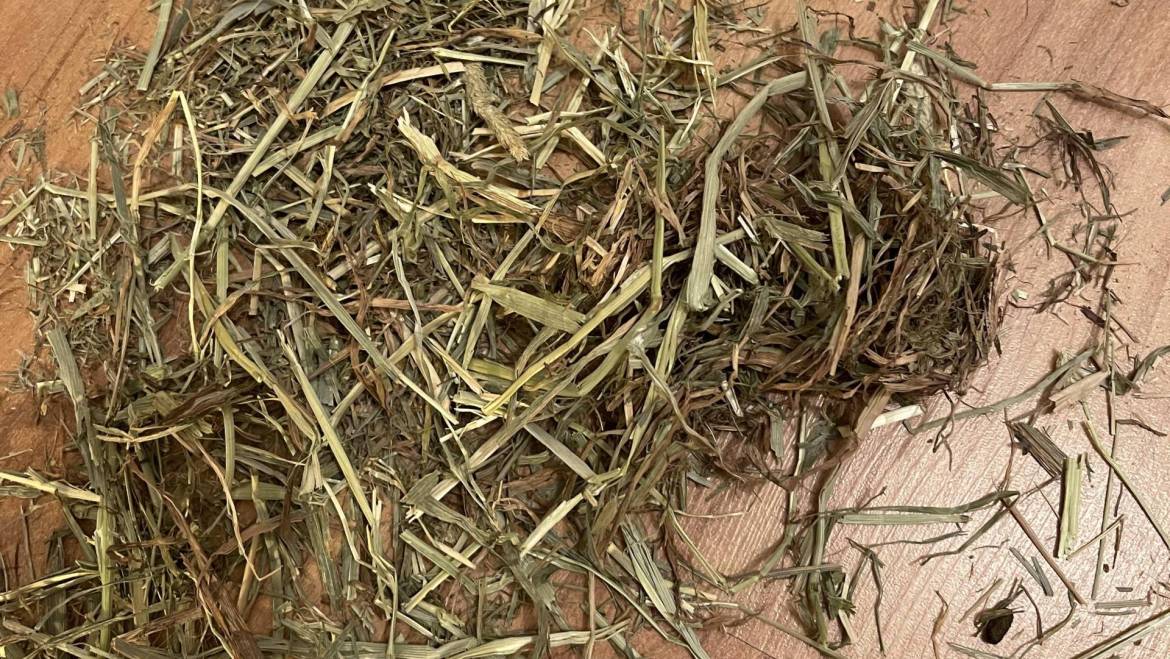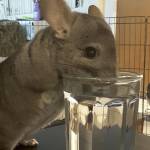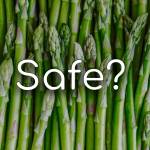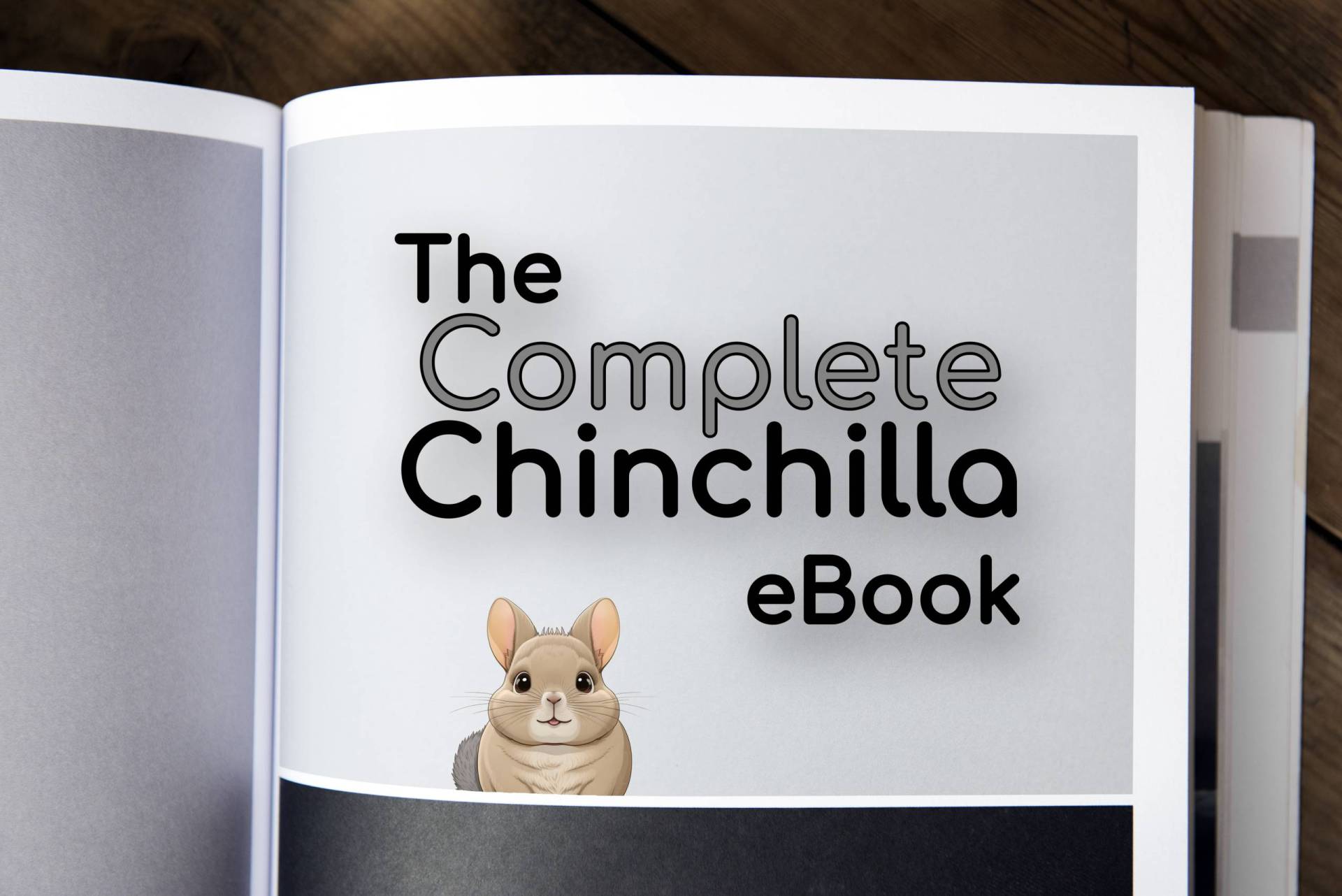Chinchillas are adorable and social creatures that make great pets for many people. However, like any pet, they require proper care and nutrition to thrive. One essential component of a chinchilla’s diet is hay. In this comprehensive guide, we’ll cover everything you need to know about chinchilla hay, including its importance, different types, nutritional content, quality assessment, proper storage, and diet considerations.
Why is Hay Important for Chinchillas?
Hay is an essential component of a chinchilla’s diet. Chinchillas are herbivores and require a high-fiber diet to maintain good health. Hay provides this fiber, as well as other essential nutrients that chinchillas need to stay healthy.
In addition to being an essential part of their diet, hay also provides important environmental enrichment for chinchillas. Chinchillas are active animals that require mental stimulation to thrive, and hay can be a great way to provide this stimulation. By placing hay in different parts of their enclosure or hiding treats within it, chinchillas are encouraged to explore and forage, which helps to mimic their natural behavior in the wild.
Hay also plays an important role in keeping a chinchilla’s teeth healthy. Chinchillas have open-rooted teeth that grow continuously throughout their life. If they do not have something to chew on regularly, their teeth can become overgrown and cause serious dental problems. Hay is a natural and safe way for chinchillas to wear down their teeth as they chew and nibble on the tough fibers. By providing a constant supply of hay, chinchillas are able to keep their teeth in good condition, avoiding the need for costly and uncomfortable dental procedures.
Types of Hay Suitable for Chinchillas
There are several types of hay suitable for chinchillas, including Timothy, meadow, orchard, alfalfa, oat, and Bermuda. Timothy hay is the most commonly used and preferred hay for chinchillas. Meadow hay is softer and more palatable than Timothy hay, and it is a good option for picky eaters. Orchard grass hay is sweet and aromatic, and it provides a wide range of nutrients for chinchillas. Alfalfa hay is high in protein and calcium, and it is recommended only for young or pregnant chinchillas or those recovering from illness. Oat hay is a good source of fiber, but it is not as readily available as other types of hay. Bermuda hay is high in fiber but low in protein and calcium.
- Timothy Hay: Timothy hay is the most common type of hay for chinchillas. It is low in calcium and protein, making it ideal for adult chinchillas. It is also high in fiber, which is essential for a chinchilla’s digestive health.
- Meadow Hay: Meadow hay is another popular option for chinchillas. It is similar to Timothy hay but may contain a wider variety of grasses and herbs, depending on the location where it was harvested.
- Orchard Grass Hay: Orchard grass is a mix of grasses and clover, making it higher in protein and calcium than Timothy or meadow hay. It is a good option for young chinchillas or pregnant/nursing females.
- Alfalfa Hay: Alfalfa hay is high in protein and calcium, making it a good choice for growing chinchillas or chinchillas that need to gain weight. However, it should be fed in moderation to adult chinchillas, as excessive calcium can lead to urinary problems.
- Oat Hay: Oat hay is a high-fiber, low-protein hay that is a good option for adult chinchillas.
- Bermuda Hay: Bermuda hay is a warm-weather grass hay that is high in fiber and low in protein. It is a good option for adult chinchillas, but may not be readily available in all areas.
– Is Timothy Hay Good for Chinchillas?
Timothy hay is one of the best types of hay for chinchillas. It has a low calorie content, which is important for maintaining a healthy weight in chinchillas. Additionally, Timothy hay is high in fiber, which helps promote healthy digestion and prevent gastrointestinal issues like bloating and constipation. In comparison to other types of hay, Timothy hay is also low in protein, which is important for chinchillas as a high protein diet can lead to health problems such as liver and kidney disease.
Furthermore, Timothy hay is readily available at most pet stores and is relatively inexpensive, making it an accessible option for chinchilla owners on a budget. However, it’s important to note that not all Timothy hay is created equal. It’s crucial to choose a high-quality, fresh Timothy hay for your chinchilla. Avoid hay that is dusty, moldy, or smells musty, as this can cause respiratory issues for your pet. In general, a good quality Timothy hay should have a fresh, sweet smell and be a bright green color.
Timothy hay contains approximately 7% protein, 32% fiber, 0.4% calcium, and 0.3% phosphorus.
– Should I Feed My Chinchilla Meadow Hay?
Meadow hay is a type of grass hay that is made from a mix of different grasses and herbs. It is a great source of fiber, which is essential for chinchilla digestion. In addition, meadow hay is slightly sweeter than Timothy hay, which makes it a tasty and nutritious option for chinchillas.
Meadow hay is a good source of roughage and provides a good balance of nutrients that chinchillas need in their diet. It is also a good source of calcium, which is important for maintaining healthy teeth and bones. However, it should be noted that meadow hay can vary in quality, so it is important to choose a good quality meadow hay that is free from dust, mold, and other contaminants.
Overall, meadow hay is an excellent choice for chinchillas, as it provides a good balance of nutrients and is a tasty and nutritious option. It is recommended to feed meadow hay alongside other types of hay to provide variety in the chinchilla’s diet.
Meadow hay contains approximately 6% protein, 32% fiber, 0.4% calcium, and 0.3% phosphorus.
– Is Orchard Grass Hay Safe for Chinchillas?
Orchard grass hay is similar to meadow hay, but it’s typically made from a mix of different types of grasses and is often cut from a younger stage of growth. This results in a softer texture and greener color compared to other types of hay. Orchard grass hay is also rich in fiber, which promotes digestive health and helps prevent gastrointestinal problems in chinchillas. However, it’s important to note that orchard grass can be higher in sugar and protein than other types of hay, so it should be given in moderation and not as the sole source of food for chinchillas.
Orchard grass hay contains approximately 7% protein, 29% fiber, 0.5% calcium, and 0.3% phosphorus.
– Alfalfa Hay Is Good for My Chinchilla, Right?
Alfalfa hay is made from the lucerne plant and is a legume hay, as opposed to a grass hay like Timothy and meadow hay. It is higher in protein, energy, and calcium than grass hays, making it a good option for growing chinchillas, pregnant or nursing females, and chinchillas with calcium deficiencies.
However, because of its high calcium content, feeding alfalfa hay to adult chinchillas can lead to health problems such as bladder stones and urinary tract issues. In addition, the high protein content can lead to obesity and digestive issues if fed in excess. For adult chinchillas, it is best to stick to grass hays like Timothy, meadow, or orchard grass hay as the primary source of hay in their diet.
It is important to note that while alfalfa hay can be beneficial for certain chinchillas, it should not be fed as the sole hay source in their diet. It is best to offer a mix of different types of hay to ensure a balanced diet and to avoid overfeeding any one type of hay.
Alfalfa hay contains approximately 18% protein, 28% fiber, 1.5% calcium, and 0.3% phosphorus.
– Can I Feed My Chinchilla Oat Hay?
Oat hay is a great alternative for chinchillas who may be picky eaters or have allergies to other types of hay. It is high in fiber, low in protein and sugar, and has a mild taste that many chinchillas find appealing. Oat hay is also rich in nutrients such as vitamins A and D, calcium, and iron, which are important for a chinchilla’s overall health and well-being.
However, it’s important to note that oat hay should not be the sole source of hay for a chinchilla. While it is a nutritious option, it is not as fibrous as other types of hay and can lead to digestive problems if fed in excess. A variety of hays, including Timothy, meadow, and orchard grass, should be provided to ensure that chinchillas receive a balanced diet. Additionally, oat hay can be more expensive than other types of hay, so it may not be a practical option for some chinchilla owners.
Oat hay contains approximately 7% protein, 30% fiber, 0.4% calcium, and 0.3% phosphorus.
– Can I Give Bermuda Hay to My chinchilla?
Bermuda hay is a popular choice for chinchilla owners, as it is a low-protein and high-fiber hay that is easily available in many regions. It is typically grown in warm climates and has a high tolerance for drought, which makes it a reliable crop in many areas. Bermuda hay is also rich in essential vitamins and minerals such as vitamin A, calcium, and phosphorus.
While Bermuda hay is a nutritious option for chinchillas, it is important to ensure that the hay is of high quality and has not been exposed to any harmful chemicals or toxins during production. Additionally, Bermuda hay should be introduced gradually into a chinchilla’s diet, as sudden changes in diet can cause digestive upset such as vomiting, or other health issues. As with all types of hay, it is recommended to purchase Bermuda hay from a reputable source to ensure that it is fresh and free from mold or other contaminants.
Bermuda hay contains approximately 7% protein, 30% fiber, 0.4% calcium, and 0.3% phosphorus.
Assessing Your Chinchilla’s Hay Quality
When selecting hay for your chinchilla, it is important to choose high-quality hay that is free of dust, mold, and other contaminants. Here are some things to look for when assessing hay quality:
- Color: Fresh hay should be green in color. Brown hay is a sign of poor quality or old hay.
- Cut: First cut hay is coarser and contains more stems, while second and third cut hay is softer and contains more leaves.
- Smell: Good hay should have a fresh, sweet smell. If the hay smells musty or moldy, it may be contaminated.
- Texture: Good hay should be dry and free of dust and debris.
- Nutritional Content: It is important to choose hay that is appropriate for your chinchilla’s age and health needs. As mentioned earlier, different types of hay have varying nutritional content.
How to Properly Store Hay for Chinchillas
Proper storage is essential to maintain hay freshness and prevent spoilage. Hay should be kept in a cool, dry, and dark place, away from direct sunlight or moisture. A hay rack is a great way to store hay and keep it off the ground, away from potential contaminants such as dust, mold, and pests.
When purchasing hay, it’s best to buy in bulk to save money. However, make sure to store only the amount that your chinchilla can consume within a reasonable time frame, usually one to three months. Avoid storing hay in plastic bags or containers, as they can trap moisture and promote mold growth. Instead, use a breathable material such as a cloth or a paper bag.
If you notice mold or any unusual odor in your chinchilla’s hay, discard it immediately and replace it with fresh hay. Moldy hay can cause respiratory problems and other health issues in chinchillas, so it’s crucial to regularly inspect your hay for any signs of spoilage.
Hay Pellets and Cubes in a Chinchilla’s Diet
Hay pellets and cubes are compressed forms of hay that can be a convenient and nutritious supplement to a chinchilla’s diet. They are especially useful for chinchilla owners who have limited access to fresh hay or who have difficulty storing large amounts of hay.
When choosing hay pellets or hay cubes for your chinchilla, make sure to look for high-quality brands that are free of additives, preservatives, and other harmful ingredients. It’s also important to read the label carefully and check the nutritional content, as some brands may have lower fiber content than fresh hay.
Pelleted hay or cubed hay should not replace fresh hay entirely, as they may not provide the same roughage and chewing benefits that fresh hay does. However, they can be a useful supplement to a chinchilla’s diet and a good way to ensure that your pet is getting enough fiber and nutrients.
Why a Hay-Only Diet is Not Enough for Chinchillas
While hay is an essential component of a chinchilla’s diet, it is not enough to sustain them on its own. A hay-only diet can lead to a variety of health problems, including dental issues and digestive problems.
Chinchillas have open-rooted teeth that continually grow throughout their lives. In order to wear down their teeth and prevent overgrowth, they need to chew on hard objects like hay and wooden toys. However, a diet that consists only of hay can lead to uneven wear on their teeth, which can cause dental problems such as malocclusion. Malocclusion occurs when the upper and lower teeth do not meet properly, which can make it difficult or painful for the chinchilla to eat.
Additionally, chinchillas require a variety of nutrients that are not present in hay alone. Hay is low in certain vitamins and minerals, such as vitamin C and calcium. A diet that is deficient in these nutrients can cause health problems such as scurvy and osteoporosis.
In order to ensure that your chinchilla receives a balanced and healthy diet, it is important to supplement their hay intake with other foods. Pellets and fresh vegetables can provide additional nutrients that are necessary for their overall health and well-being.
Why a Non-Hay Diet Isn’t Good for Chinchillas
Chinchillas need a diet that is high in fiber and low in fat, as well as a good source of essential vitamins and minerals. A non-hay diet can lead to a number of health problems in chinchillas, including gastrointestinal issues, dental problems, and malnutrition.
If chinchillas don’t have access to hay, they will often turn to other foods that are not suitable for their digestive systems. This can include fruits, vegetables, grains, and even treats like nuts and seeds. While these foods may be tempting for chinchillas, they can cause digestive problems such as diarrhea and bloating. Additionally, these foods are often high in fat and low in fiber, which can lead to obesity and other health problems.
Furthermore, a non-hay diet can lead to dental problems in chinchillas. Chinchillas have open-rooted teeth that continuously grow throughout their lives. To keep their teeth healthy, chinchillas need to chew on tough, fibrous materials like hay. Without this important dental stimulation, chinchillas can develop overgrown teeth, which can cause pain, difficulty eating, and even infections.
Finally, a non-hay diet can lead to malnutrition in chinchillas. Chinchillas need a balanced diet that provides all the essential vitamins and minerals they need to thrive. A diet that is lacking in these nutrients can cause a range of health problems, including weakness, lethargy, and even death. For these reasons, it’s important to ensure that your chinchilla has access to high-quality hay as part of their regular diet.
Hay is an essential part of a chinchilla’s diet, providing important fiber and nutrients that are necessary for good health. By choosing the right type of hay, assessing hay quality, and storing hay properly, you can ensure that your chinchilla receives the best possible nutrition. Whether you choose loose hay or pellets, it’s important to provide your chinchilla with a varied diet that includes plenty of fresh hay, vegetables, and water. With the right care and attention, your chinchilla can thrive on a healthy, balanced diet that includes plenty of high-quality hay.







